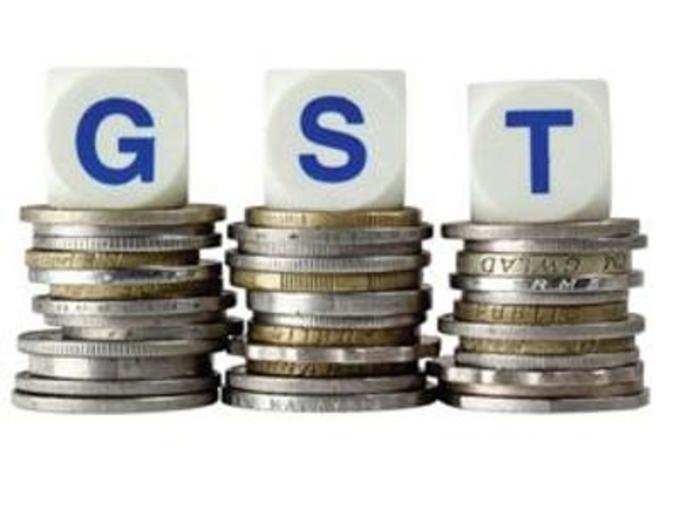
The much awaited
The standard rate is based on a
The committee has suggested a lower rate of 12%-14% for goods that need to be taxed less.
The committee has also suggested removal of 1% levy on inter-state movement, a key demand of the Congress.
The revenue neutral rate is that rate at which if all goods and services are taxed there will not be any revenue loss for both states and the centre. The standard rate, the rate at which most goods will be taxed, is more than the revenue neutral rate because some goods that are in the nature of public goods or targeted at deprived sections will need to be taxed at the lower rate.
There will be a demerit good rate that is higher than the standard rate that will apply to goods such as tobacco, the use of which needs to be discouraged.
"The aim should be to create a GST with the widest possible base," chief economic advisor Arvind Subramanian told ET, indicating that most goods should be kept in the new tax. There is demand that petroleum and alcohol should be kept out of the levy.
The GST will replace the plethora of indirect taxes levied on goods with a single levy, which will help create a seamless national market for delivery of goods and services.
Subramanian also was not in favour of putting the rates in the constitutional bill.
(Image credits: Indiatimes)